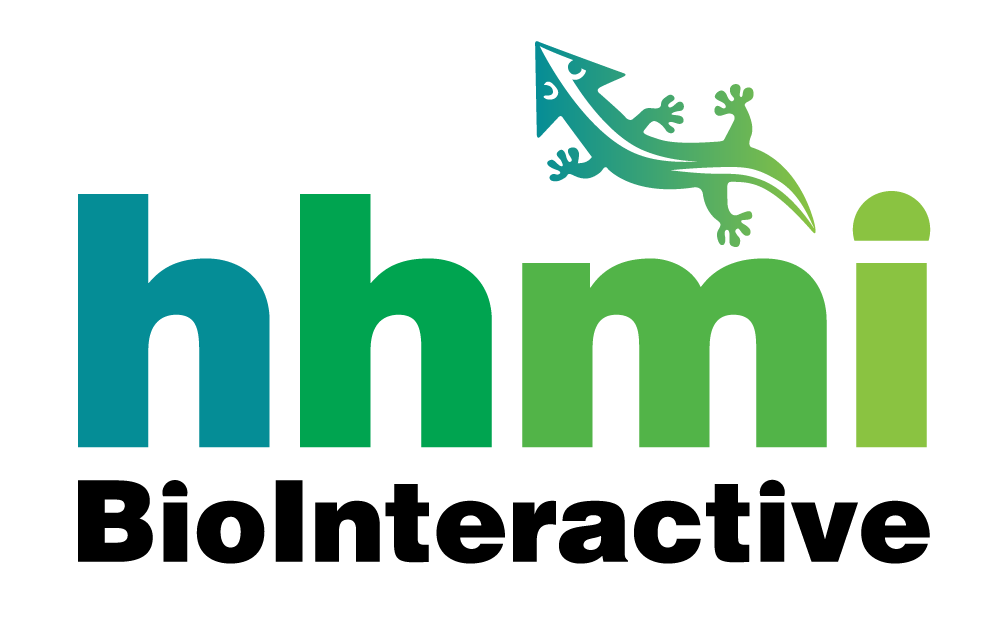Creating Phylogenetic Trees from DNA Sequences
Author(s): HHMI BioInteractive
1883 total view(s), 974 download(s)
Summary:
This interactive module shows how DNA sequences can be used to infer evolutionary relationships among organisms and represent them as phylogenetic trees.
Description
Phylogenetic trees are diagrams of evolutionary relationships among organisms. Scientists can estimate these relationships by studying the organisms’ DNA sequences. As the organisms evolve and diverge, their DNA sequences accumulate mutations. Scientists compare these mutations using sequence alignments to reconstruct evolutionary history.
The accompanying “Worksheet” guides students’ exploration of the Click & Learn.
Student Learning Targets
- Explain how molecular sequences, such as DNA, can be used to study evolutionary relationships.
- Summarize the process and goals of DNA sequence alignment.
- Interpret a simple phylogenetic tree.
Cite this work
Researchers should cite this work as follows:
- HHMI BioInteractive (2020). Creating Phylogenetic Trees from DNA Sequences. HHMI BioInteractive, QUBES Educational Resources. doi:10.25334/8W85-BC15
